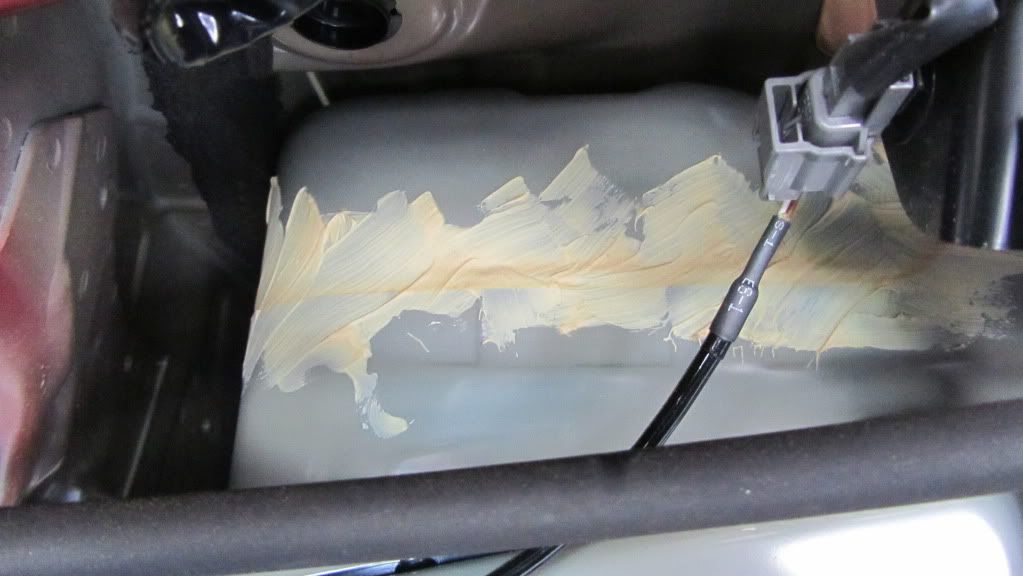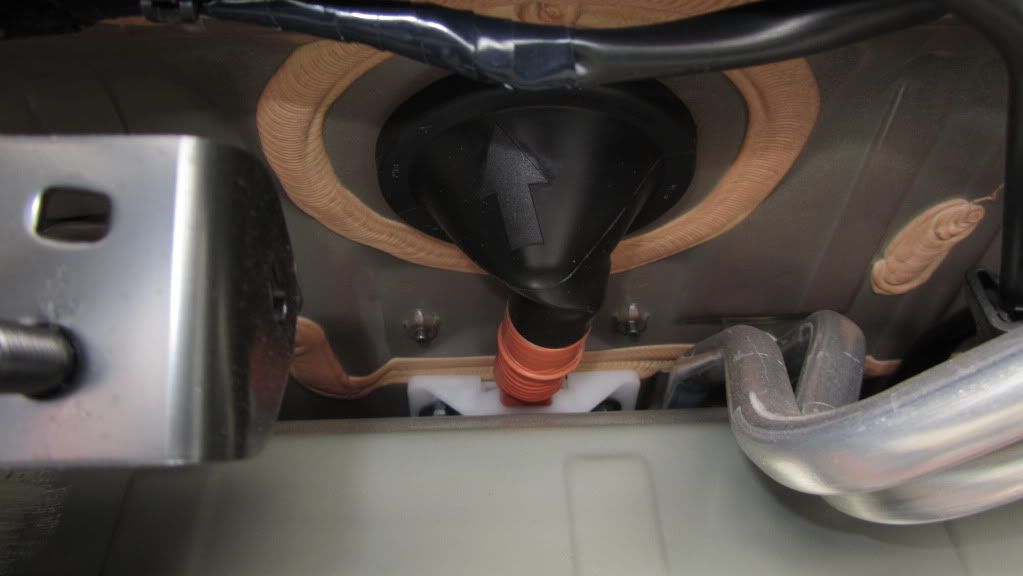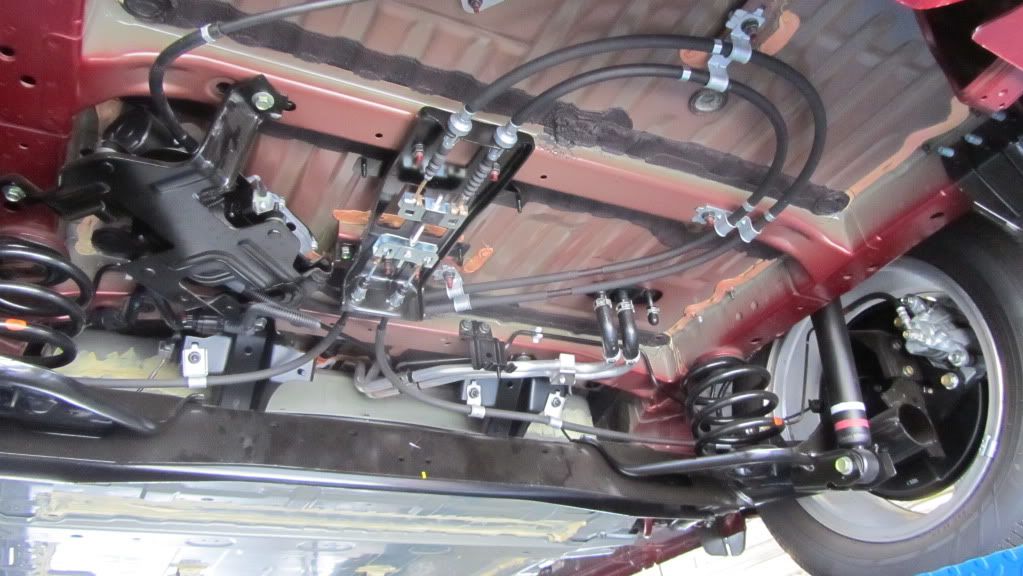RegGuheert
Well-known member
O.K. Thanks for the details!mksE55 said:The Dyno I have is a DynoJet Dyno, which you can never over heat. basically its a 5000lb drum that is calibrated for size and wt, then calculates force of inertia. This spins freely so you can not adjust resistance, granted this is how the auto makers used to get fuel economy in the past and is less realistic than driving on a road. That said it can reproduce runs very consistently and thus show minor changes as it related to power. I think it would be fine to show energy used for distance traveled but I would not use that number for real world mileage. I may just check my car out to be able to gauge my distance now with recent 1 bar loss, and then again in a few months if someone wants to see weather changes. (hope I dont lose another bar) or I will show , distance lost when losing another bar.
That's decent for measuring power and torque curves, but it would not be very useful to load a Nissan LEAF to drain the battery for a range test. It would work, but you would have so little loss that it might take a VERY long time to do it. I would definitely give it a try with your car first before getting a car from a dealer.
And, BTW, I don't think a LEAF from a dealer lot is a very good control, given how they treat those batteries some places.





